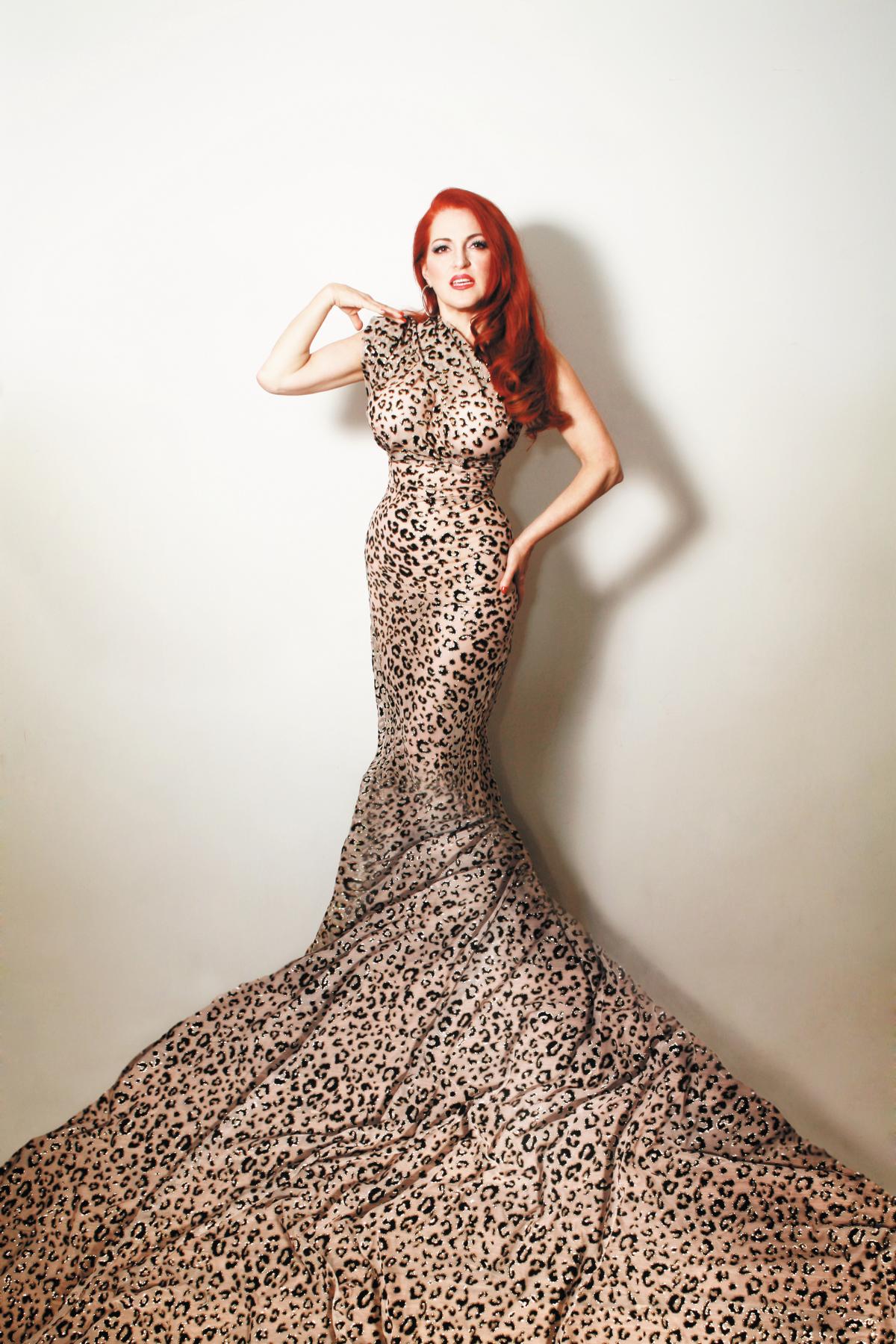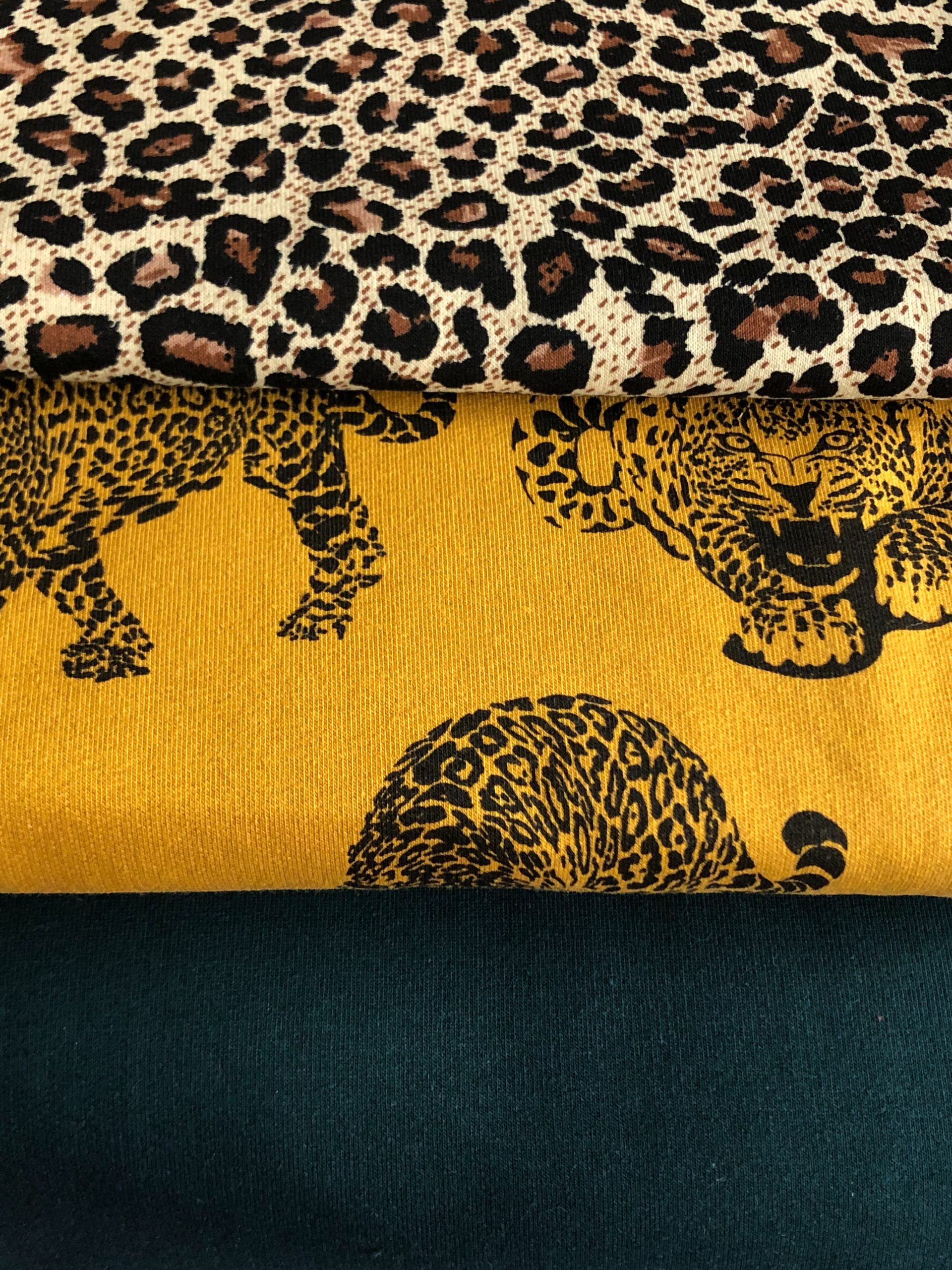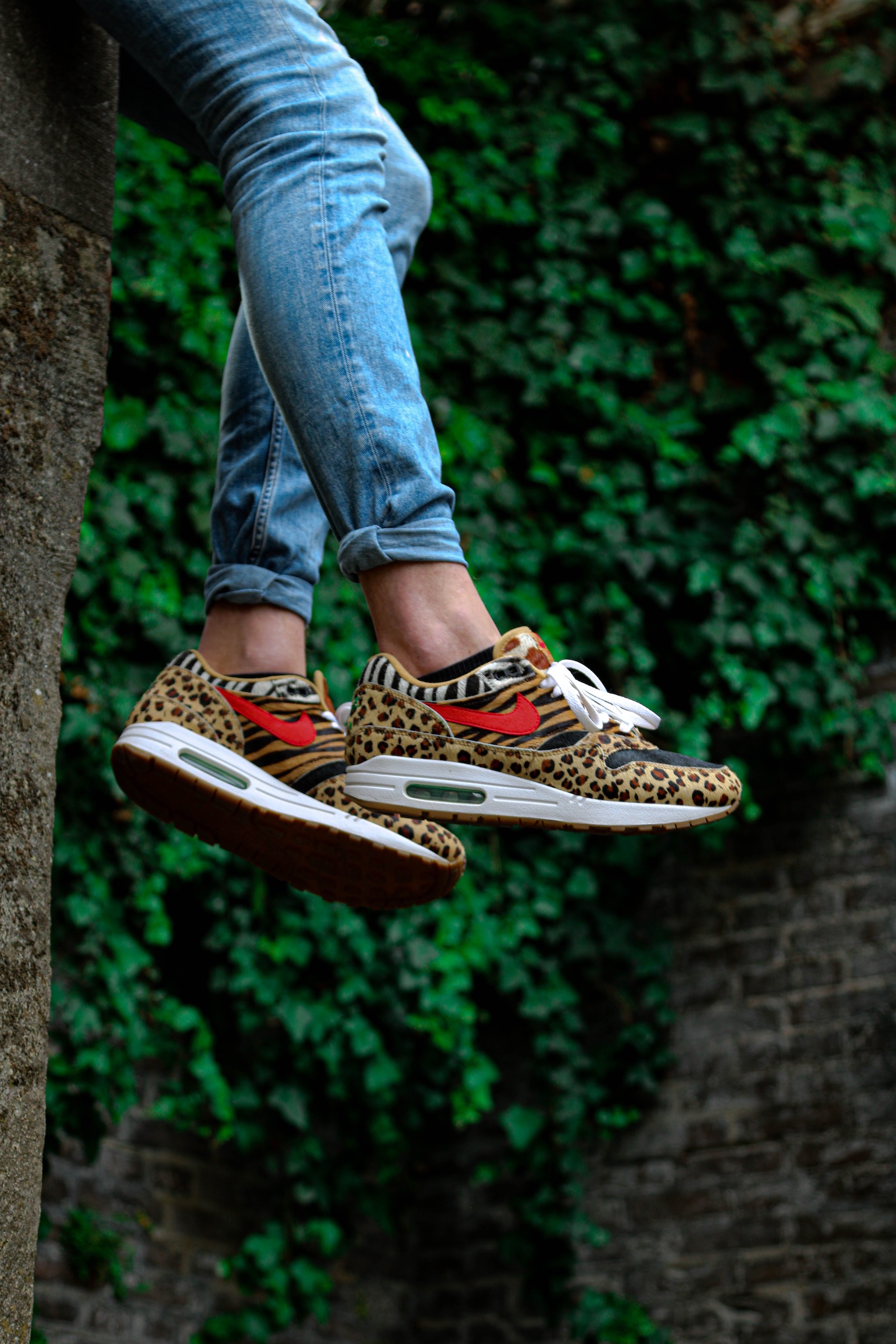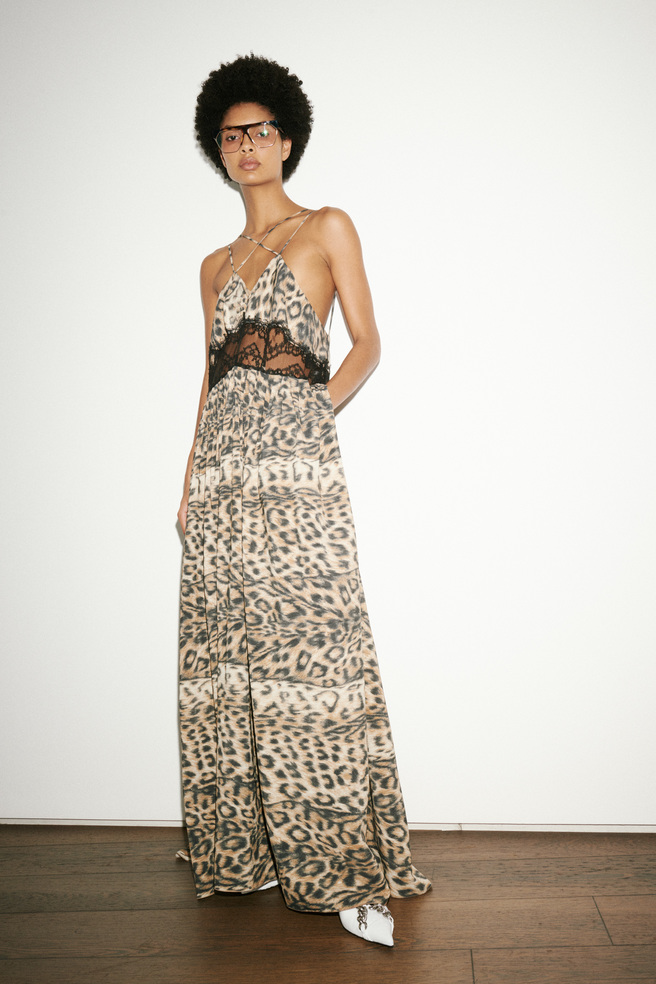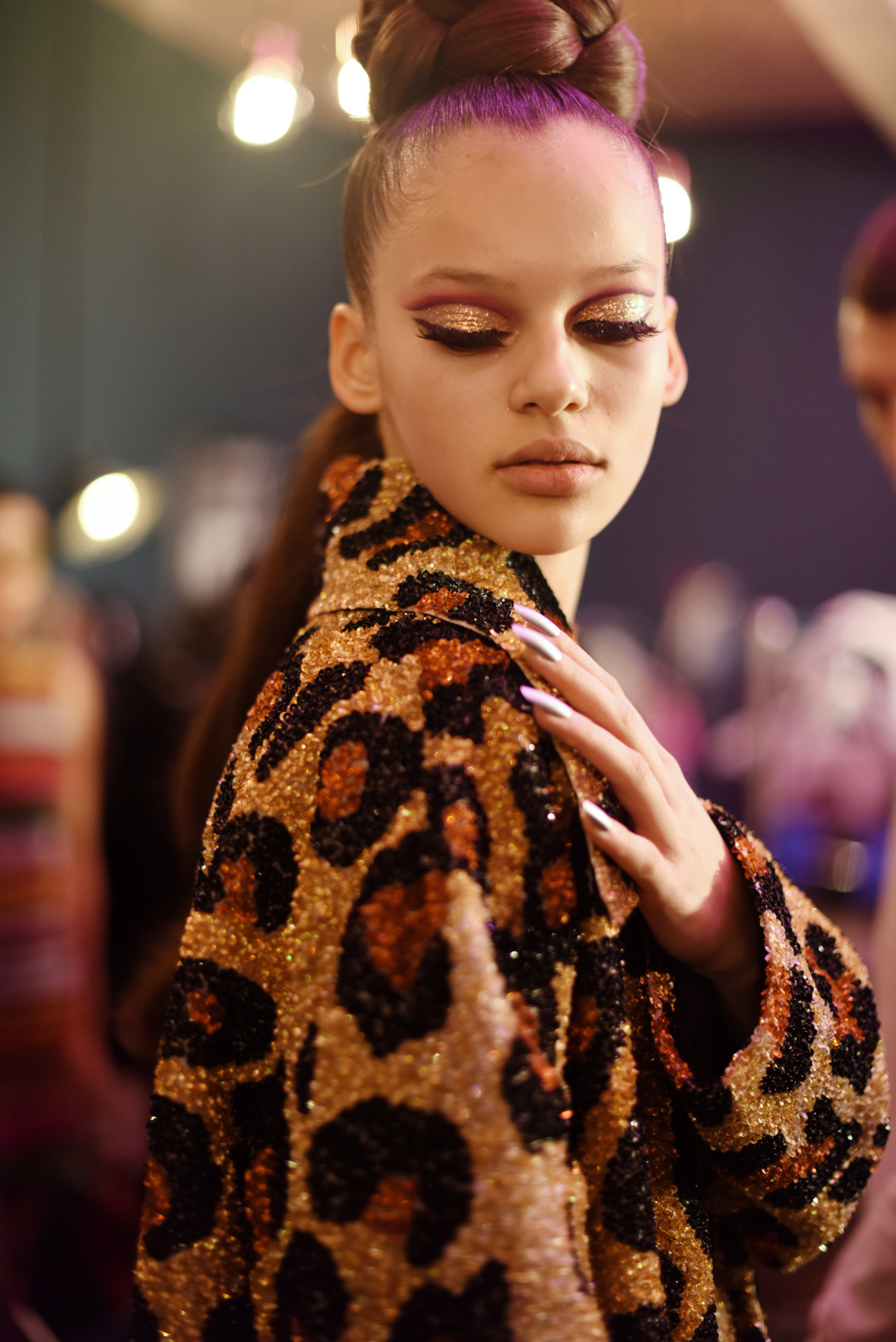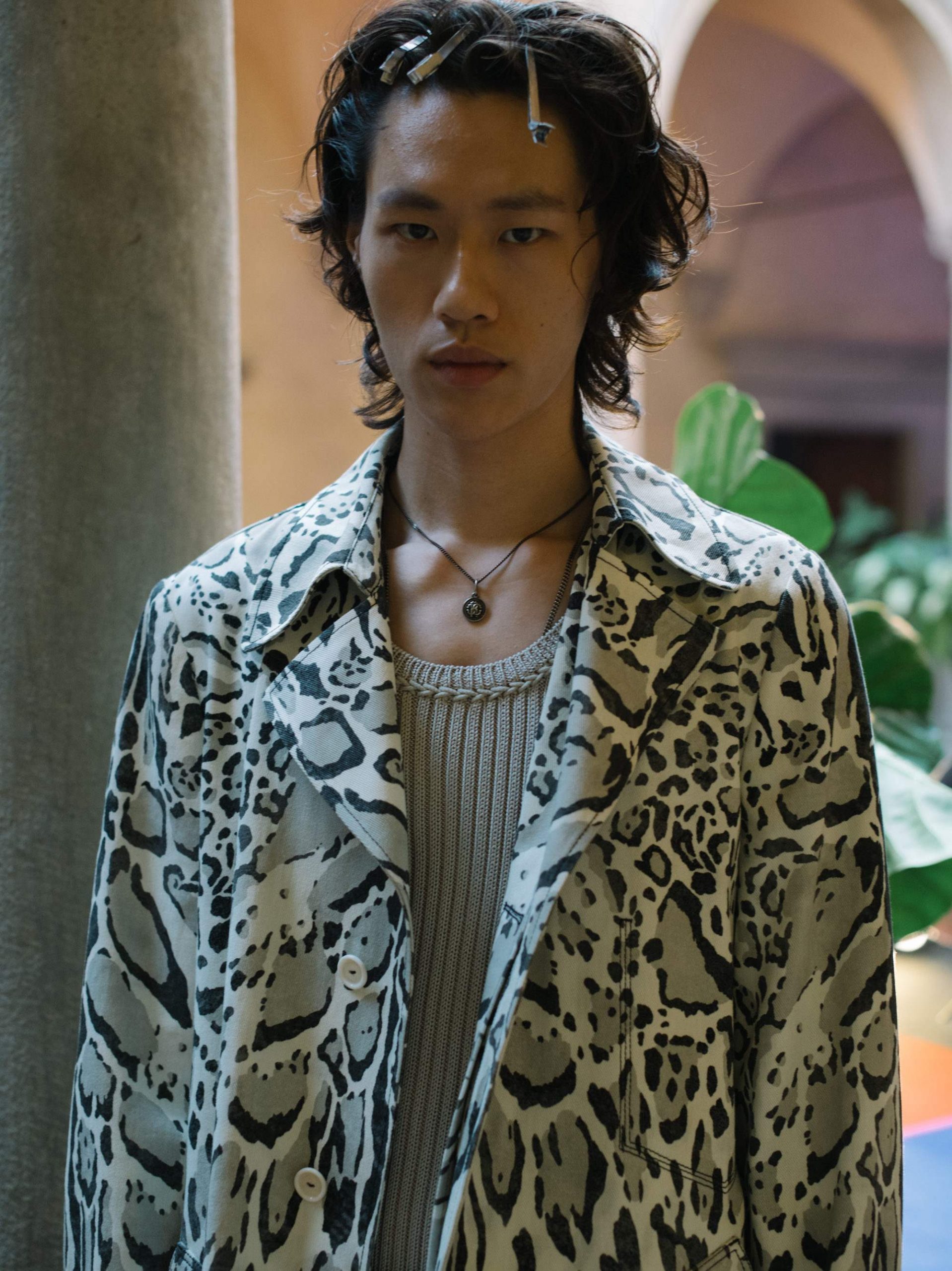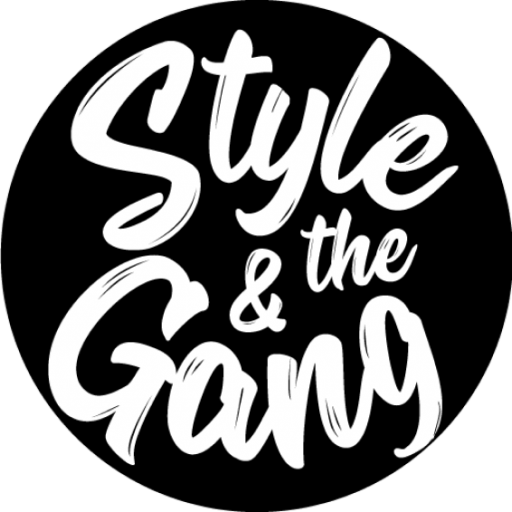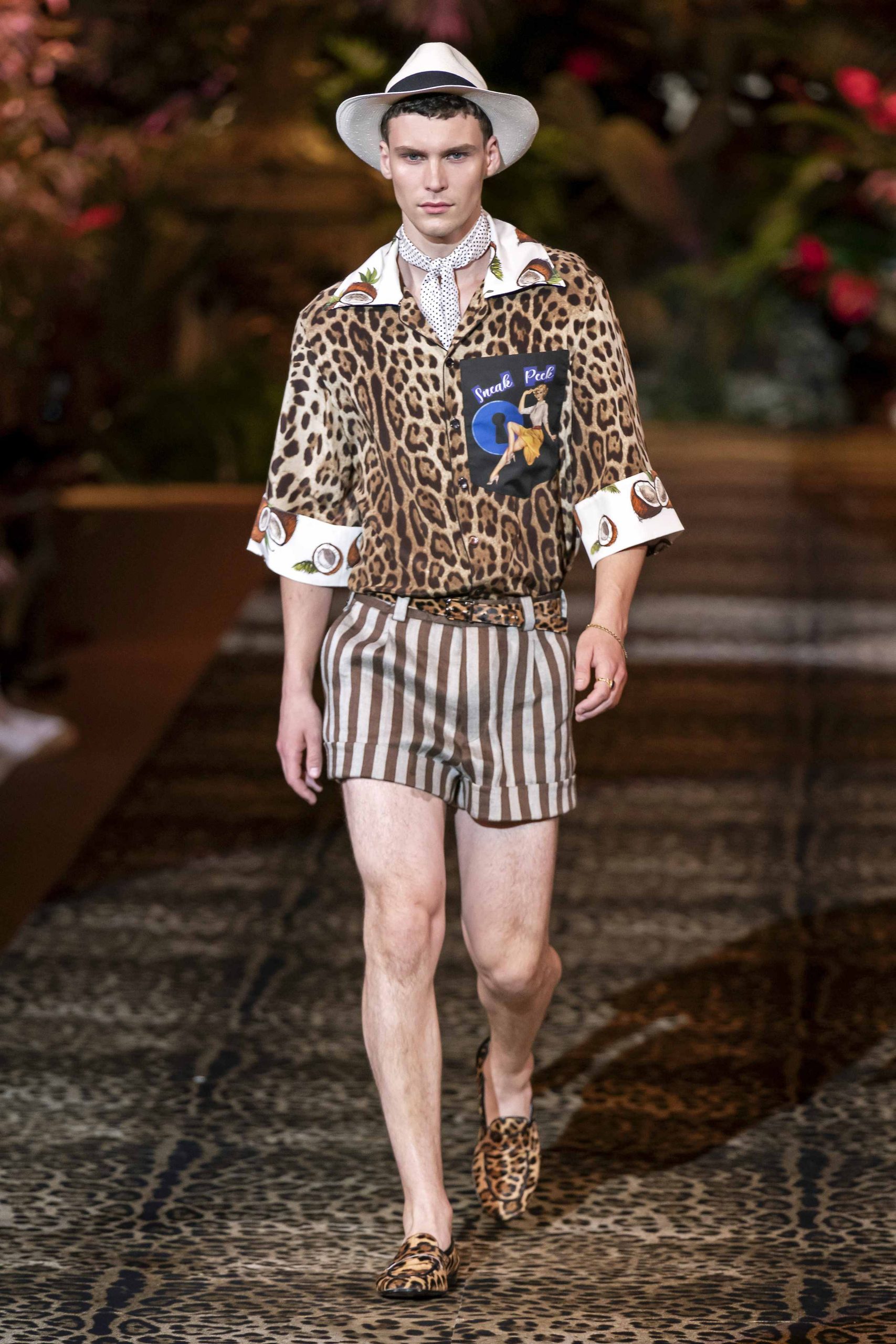
TRENDSPOT
Leo Mania
Cheap, kitschy or yet elegant? Hardly any other pattern image polarizes as much as the leopard print. Nonetheless, the design is currently omnipresent on the streets, a lot of collections pick up on the theme, designers are counting on Leo – both for womenswear and menswear. One thing is certain: For decades now, the stain pattern has been appearing again and again in a memorable way – whether, for example, on a fur coat worn by the former wife of US President Jackie Kennedy in the 1960s or a shirt worn by the feminist German rock rebel Nina Hagen in the 1980s. In general, rebellion seems to be an important keyword in connection with the leo pattern, not least because of its polarizing characteristics. So is the current success of predator optics simply a logical consequence of the currently very turbulent political times worldwide as well as #metoo movements? Jo Weldon, US author and burlesque activist, published a book last year entitled ‚Fierce: The History of Leo Print‘. Style and the Gang asked her to what extent wearing leo patterns can actually be considered a protest attitude.
Do you see leo prints as protest prints?
I don’t think of it as a protest print exactly. I’d call it a statement print. I believe no matter how common leopard print becomes, it always has impact because of its origins in nature! We always respect the power and resilience of the big cats.
Why do you think are leo prints so popular at the moment?
I believe it’s so popular right now because people are more willing than ever to show that they are claiming their own fierceness. Leopard print is both elegant and playful, and can be worn in both formal and casual settings. It goes anywhere it wants, just like leopards themselves.
Billig, kitschig oder doch elegant? Kaum ein Musterbild polarisiert so sehr wie der Leopardenprint. Nichtsdestotrotz ist das Dessin aktuell geradezu omnipräsent auf den Straßen, sämtliche Kollektionen greifen das Thema auf, Designer setzen auf Leo – sowohl bei Womenswear als auch bei Menswear. Fest steht: Bereits seit Dekaden taucht das Fleckenmuster immer wieder einprägsam in Erscheinung – ob zum Beispiel über einen Pelzmantel der ehemaligen US-Präsidentengattin Jackie Kennedy in den 60er Jahren oder ein Shirt der feministischen Deutschrock-Rebellin Nina Hagen in den 80er Jahren. Generell scheint Rebellion im Zusammenhang mit dem Leomuster ein wichtiges Stichwort zu sein, nicht zuletzt wegen seiner polarisierenden Eigenschaften. Ist demnach der aktuelle Erfolg von Raubtier-Optiken schlichtweg eine logische Konsequenz auf die derzeit sehr unruhigen politischen Zeiten weltweit sowie #metoo-Bewegungen? Jo Weldon, US-amerikanische Autorin und Burlesque Aktivistin, hat im vergangenen Jahr ein Buch mit dem Titel ‚Fierce: The History of Leo Print‘ veröffentlicht. Style and the Gang hat sie gefragt, inwieweit das Tragen von Leo-Mustern tatsächlich als Protesthaltung anzusehen ist.
Bedeutet der Leo Print Protest?
Ich denke nicht, dass Leo-Muster im engen Sinn als Protest Print zu verstehen sind. Ich rede lieber von einem Statement Print. Wie sehr auch immer der Print an Beliebtheit und Verbreitung gewinnt, er wird immer eine besondere Wirkung auf Menschen haben – aufgrund seines Ursprungs in der Natur. Wir respektieren und bewundern die Kraft und Ausdauer von großen Katzen.
Warum erfährt das Leo-Muster aktuell einen regelrechten Hype?
Ich glaube, dass Leo momentan so populär ist, weil die Leute – mehr denn je – bereit sind, ihre eigene ‚Wildheit‘ zu offenbaren. Leoparden-Prints können beides sein – elegant und verspielt, sie können sowohl in formaler als auch lässiger Kombination getragen werden. Leoparden Prints gehen wie und wohin auch immer man will, ganz so wie wahre Leoparden selbst.
